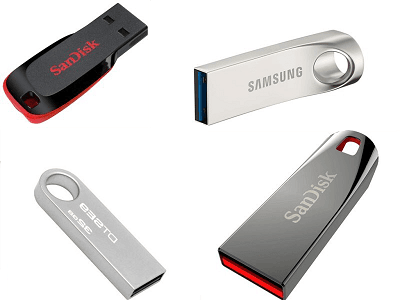
- SYSTEM RECOVERY WINDOWS 10 SINGLE IMAGE USB FOR FREE
- SYSTEM RECOVERY WINDOWS 10 SINGLE IMAGE USB HOW TO
Most experts recommend (and I concur) that you add this partition to the tail end of your boot/system drive, after making sufficient room to drop it in there. I use - and recommend - the MiniTool Partition Wizard (a free version of which is available from ). It can back up OS, individual files and folders, hard disks and partitions to hard drive, external hard drive, USB drive, network drive, etc. It keeps your data safe from all aspects, and restore system when computer disaster happens. You can use any good partitioning tool to create the necessary partition on your boot/system disk, but always make a complete image backup of that disk before attempting such maneuvers. The top-recommended free Windows 10 backup and recovery tool is MiniTool ShadowMaker. To leave room for it to work properly, I recommend allocating 2.5 GB of space.
SYSTEM RECOVERY WINDOWS 10 SINGLE IMAGE USB FOR FREE
My current favorite custom-tailored repair/recovery image is called either WinPESE or Kyhi’s Recovery Disk, and is available for free through. If you are one of those roll up your sleeves types, please read on.ĭepending on what kind of repair partition you plan to use, the size requirements for such a partition vary from the (default) low value of 450 MB, which Windows 10 itself uses to build a recovery partition during the Windows install process, to considerably more than that.
SYSTEM RECOVERY WINDOWS 10 SINGLE IMAGE USB HOW TO
More expensive and advanced commercial versions add considerable customization capabilities to the mix.įor this article, however, I assume some readers are interested in understanding how to build a bootable repair/recovery partition for themselves and populate it with “the right stuff” to make it work. But it does capture a snapshot of a current system image and will create a bootable disk partition (or external media) you can use to restore that image from the Windows 10 boot menu. AOMEI OneKey Recovery, which comes in a basic freeware package and in numerous commercial versions, lacks the general backup and recovery capabilities found in Macrium Reflect.It works like a charm and it makes Reflect’s recovery facilities immediately available to you should problems occur on your boot/system drive. One you install this program on your PC for backup and recovery, it creates a repair/recovery partition for you and adds it to your Windows 10 boot menu. Through its “Other Tasks” menu, Macrium Reflect Free offers an “Add Recovery Boot Menu” option.

In particular, two programs are worth investigating in this regard:


 0 kommentar(er)
0 kommentar(er)
